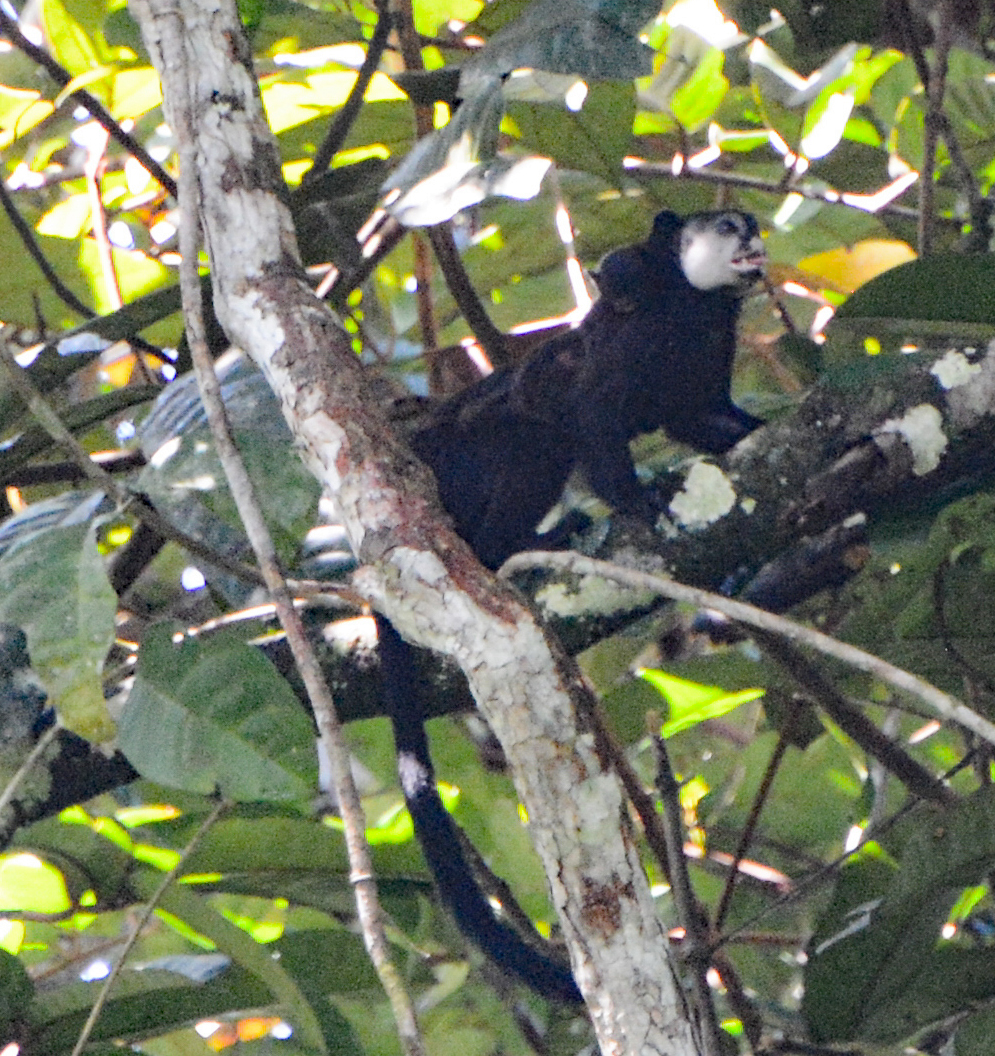By George Beccaloni, August 2023

Saguinus inustus with young near Mitú, Vaupés, Colombia by David Jeffrey Ringer
It is well known that the collection of natural history specimens that Alfred Russel Wallace made during the last two years of his 4 year expedition to the Amazon (1848-52), was destroyed when his ship caught fire in the mid-Atlantic on his journey back to England in August 1852. He wrote in his autobiography My Life "All my private collection of insects and birds since I left Para was with me [on the ship], and comprised hundreds of new and beautiful species, which would have rendered (I had fondly hoped) my cabinet, as far as regards American species, one of the finest in Europe." Sadly, we will never know the identities of most of the hundreds of new species he collected, but in a very few cases we are able to determine what they were from descriptions in his writings, or from drawings he made which he rescued from his smoke-filled cabin just before he boarded a lifeboat when the ship was on fire.
Reading his famous 1852 paper "On the monkeys of the Amazon" I saw the following "Another species [of tamarin monkey] entirely black, with the face of bare white skin, inhabits the district of the Upper Rio Negro. It appears to be quite new." It is clear that he had a captive one as he wrote "The little black Jacchus [now Saguinus] last mentioned was particularly savage. He once seized a large parrot by the neck, pulled him into his cage, and bit out a large piece from his bill, and would probably have destroyed it, had I not opportunely come to the rescue. Two other small birds which approached too near his cage he seized and completely devoured." We know that he collected the species on the upper Rio Negro during the second half of his trip, so any specimens he had are lost. Nevertheless, it is possible to identify the tamarin he found, as there is only one black species with a white face in that region i.e. the Mottled-face Tamarin (Saguinus inustus). With no specimens of it, Wallace or his colleagues were unable to describe and name it, and it remained unnamed for more than 100 years (until 1951), when it was described as a subspecies of the Golden-handed Tamarin, Leontocebus [Saguinus] midas [See the original description HERE]. It is now regarded to be a seperate species from midas.
So Wallace discovered Saguinus inustus i.e. he was the first taxonomist to recognise it was new to Science. Perhaps it would be fitting if its common name was Wallace's Mottled-face Tamarin.
